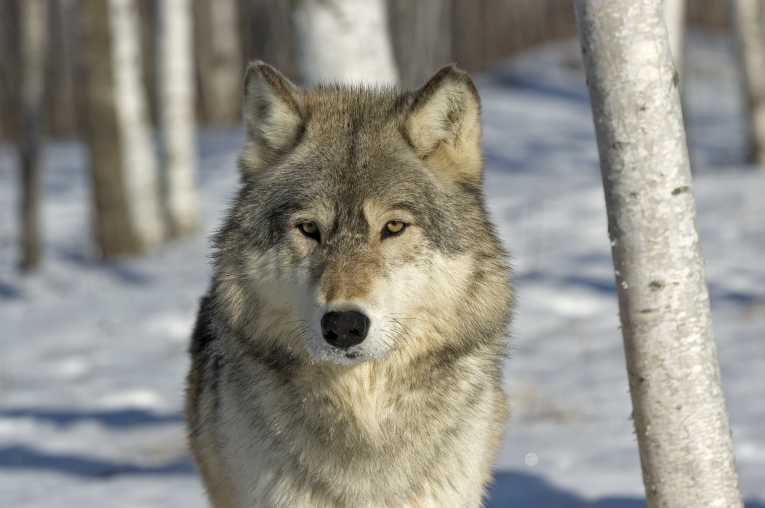Gray wolves were once widespread across the Northern Rockies. However, by the early 1900s the population was driven to near extinction by trapping and poisoning. In 1974, gray wolves were listed as an endangered species and since that year the population has slowly recovered.
Recently, the endangered - or otherwise - status of the gray wolf has been hotly contested. In 2008, the US Fish and Wildlife Service (USFWS) delisted the gray wolf, saying ''the wolf population in the Northern Rockies has far exceeded its recovery goal''. Several conservation groups filed an injunction against the delisting, requesting that the gray wolf remain on the endangered species list. Following that, US District Judge Donald Molloy granted a preliminary injunction which placed gray wolves under federal protection until a final ruling on the listing could be achieved.
In a further twist, the Bush administration removed wolves from the endangered species list in 2009 and placed management of wolf populations onto individual states. In 2010, it's back to U.S. District Judge Molloy, who puts wolves back on the Endangered Species list and makwa USFWS responsible for their management.
Finally, as of 18 March 2011, USFWS appears to have reached an agreement with the conservation groups. The conservation organisations, including Defenders of Wildlife and the Greater Yellowstone Coalition have agreed that USFWS can delist gray wolves on a population by population, rather than state by state, basis. If this is approved by the court, wolf populations in Idaho and Montana will be returned to state management, whilst USFWS considers options for delisting wolves across the Rocky Mountains.USFWS argue that wolf populations have returned to ''biologically recovered levels'' and that their resources would be better put to use on more threatened species. However, not all conservation organisations agree. Only 10 of the 14 groups involved in the litigation have agreed to settle; at least three others may continue the litigation. The rift amongst the groups has led to the groups' attorneys, Earthjustice, removing themselves from the case.
It's suggested that pressure from Congress was a motivating factor in reaching a settlement. A bill has been introduced Congress to remove wolves from any endangered species protection. This would set a worrying precedent for political, not scientific, action on other listed species. The 10 groups who agreed to settle feel that this is the most they can get out of a settlement. Mike Leahy, Rock Mountain region director of Defenders of Wildlife says ''We got a new delisting rule, recovery goals reviewed with modern science, and an independent science review. And there's no need now for Congress to step in and take wolves off the endangered species list''. If the settlement is accepted without further litigation only time will tell how successful it is. Will gray wolf populations maintain their current level of success? Or will a return to hunting decimate their populations once more?
For more information about the history of gray wolf protection in the northwest, see Conservation Northwest: http://www.conservationnw.org/wildlife-habitat/timeline-of-gray-wolf-protection.
To see the Department of Interior’s press release on the proposed settlement, visit: http://www.doi.gov/news/pressreleases/Interior-Announces-Proposed-Settlement-of-Gray-Wolf-Lawsuit.cfm










